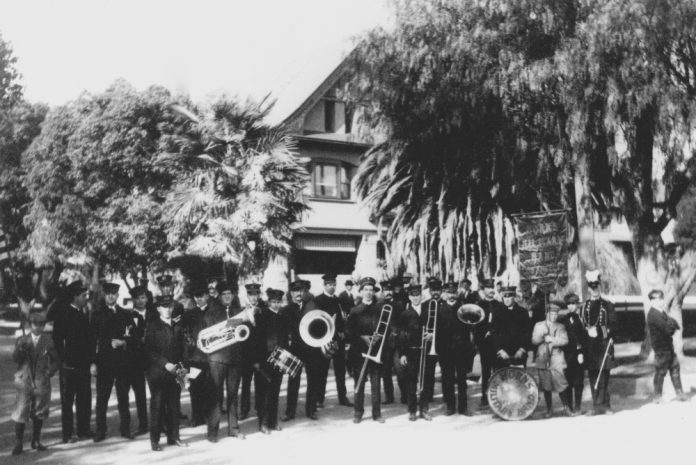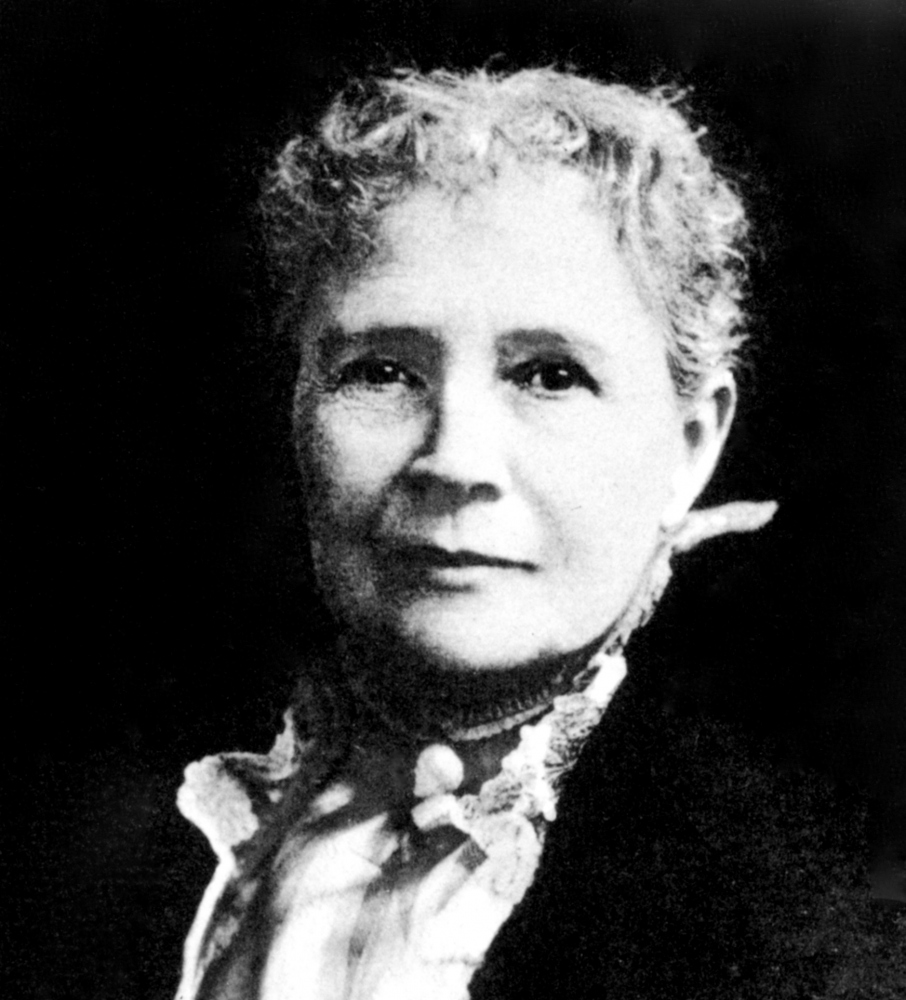
After a disgruntled office seeker assassinated President James A. Garfield, Lucretia Garfield was forever known as the “widow of the martyred President.” Her popularity grew to legendary status while she was alive, many referring to her simply as The Lady in Black.
Mrs. Garfield adhered to her strict interpretation of Victorian values – always wearing black in public and a medallion around her neck in remembrance. She remained active during her later years, becoming the co-founder of the Pasadena Red Cross at the beginning of WWI. And when President Theodore Roosevelt accepted an invitation to visit Pasadena, he did so only after he confirmed a visit to see the former first lady.

In 1904, Garfield commissioned Charles and Henry Green to design a chalet style Craftsman bungalow which still stands today at 1001 Buena Vista Street in South Pasadena. The home is on the National Register of Historic Places and designated as a South Pasadena Cultural Heritage Landmark.
She died of pneumonia at her winter home in South Pasadena 100 years ago this month. One national newspaper headline read: “Mrs. Garfield Answers Call.”
Throwback Thursday is written and produced by Rick Thomas















.png)






